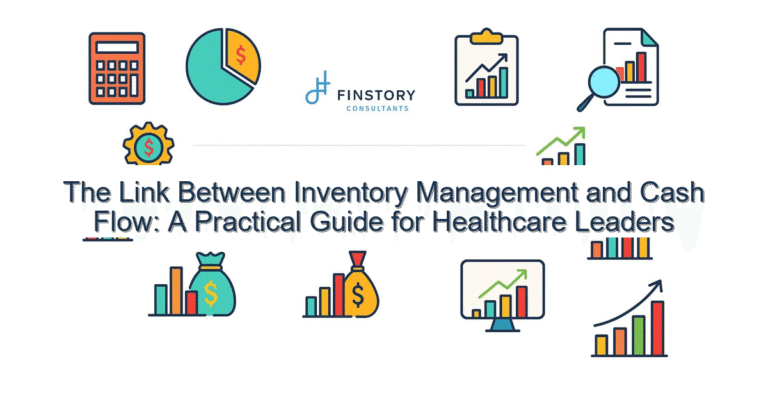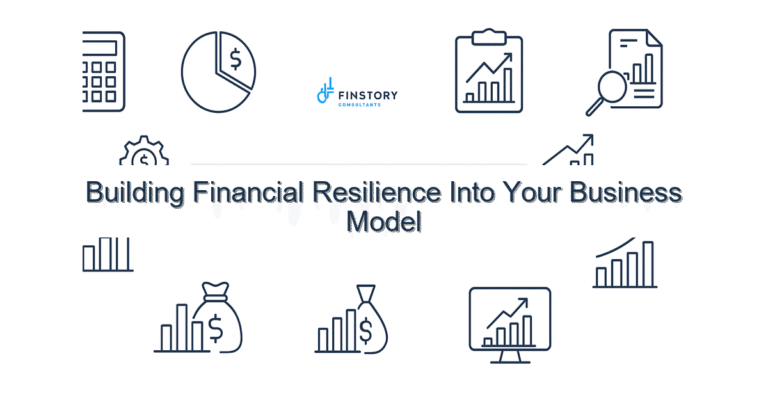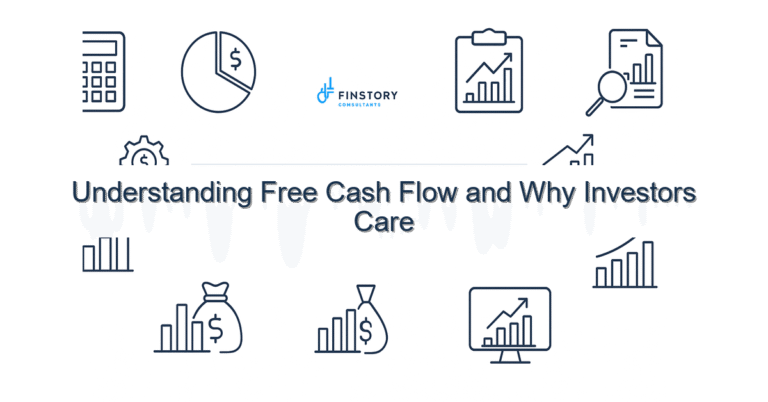How to Model the Profit Impact of Price Changes
Raising or cutting prices feels like tipping a row of dominos in a complex machine. You know the decision matters for margins, but the downstream effects—volume, payer behavior, patient access—make the outcome unpredictable.
Summary: Build a simple, testable profit model that ties price changes to volume elasticity, payer mix, cost behavior, and operational capacity. The result: a clearer decision, faster scenario analysis, and measurable ROI on pricing choices.
What’s the real problem?
Healthcare pricing decisions are rarely about a single line item. They ripple across revenue, utilization, contractual adjustments, and even staffing. Yet many organizations treat price as a lever you pull in isolation.
- Symptoms you’ll recognize: long review cycles for rate changes, last-minute surprises in monthly margins, and conflicting views between operations and finance.
- Contract models that assume volume is fixed, or worse, that ignore payer behavior after a price shift.
- Limited ability to test scenarios quickly—so decisions are conservative or delayed.
- Poor traceability between a price change and what actually hits the ledger.
What leaders get wrong
Smart leaders often rely on experience, but experience can mislead when market dynamics change. Here are the common mistakes.
- Modeling price changes only at the revenue line without recalculating variable costs or case-mix. That overstates profit impact.
- Assuming linear volume response. Demand elasticity in healthcare is uneven—sensitive for elective services, muted for urgent care.
- Ignoring payer contract language. Bundled rates, stop-loss clauses, and gainsharing can flip the math.
- Waiting for perfect data. Delay kills opportunities; you can iterate with imperfect inputs and improve over time.
A better approach
Think of pricing impact modeling as a short, repeatable experiment: define the change, simulate behavior, validate against controls, and embed the result into reporting.
Three- to five-step framework:
- Scope the change: Which services, which payers, which patient cohorts. Define the timing and the intended objective (margin vs. volume vs. mix).
- Map economics: For each service, capture current price, expected payer adjustments, variable and fixed cost per case, and capacity constraints.
- Estimate behavioral impact: Use elasticity buckets (high/medium/low) by service type. Combine historical trends with peer benchmarks and clinician input.
- Run scenarios: Base, optimistic, and conservative. Model revenue, contribution margin, and cash flow for 3, 6, and 12 months.
- Validate and monitor: Deploy the change in a pilot or phased roll-out and track leading indicators (bookings, denials, authorization times) and financial outcomes.
Real-world note: A regional health system tested a 3% price increase on elective orthopedics. Initial forecast suggested a $600k lift. After modeling elasticity and payer pass-through, the projected lift fell to $350k—but net margin improved by 1.2 percentage points because variable costs were lower than assumed. Because they piloted the change and tracked weekly bookings, they adjusted cadence and achieved the lower-risk outcome within two quarters.
Quick implementation checklist
- Identify top 30 services by contribution margin—start here.
- Pull last 24 months of volume, price, and payer mix data by service line.
- Create simple elasticity buckets: elective high, elective medium, urgent low.
- Calculate variable cost per case (supplies, direct labor) and allocate avoidable fixed cost where relevant.
- Build three scenarios (base/optimistic/conservative) in a spreadsheet or BI model.
- Agree with clinical and operations leads on one pilot cohort (geography, clinic, or payer) for live testing.
- Set leading KPIs: authorizations, scheduling fall-off, denials, and days to collect.
- Schedule weekly cadence for the first 8 weeks, then monthly review for the next 10 months.
What success looks like
- Improved accuracy of profit forecasts: mean absolute error reduced by 20–40% versus prior practice.
- Faster decision cycle: scenario analysis completed in 24–48 hours, not weeks.
- Measured margin improvement: +0.5–2.0 percentage points for targeted service lines within six months (varies by specialty).
- ROI on modeling effort: break-even within 1–3 pricing cycles from identified savings or incremental revenue.
- Clear audit trail between pricing decisions and ledger outcomes for leadership reporting.
Risks & how to manage them
- Risk: Volume shock higher than expected. Mitigation: phased roll-out and a rapid-response playbook with operations to scale or pause.
- Risk: Payer pushback or contract dispute. Mitigation: legal review upfront and communication strategy with contracting teams.
- Risk: Data gaps skewing elasticity estimates. Mitigation: use conservative estimates, triangulate with peer benchmarks, and update models as real data arrives.
Tools & data
You don’t need exotic software to start—just disciplined data and the right reports. That said, automation speeds everything.
- Use your ERP/General Ledger to pull revenue and cost details; validate with activity systems (EHR scheduling, case logs).
- Finance automation helps consolidate payer adjustments and denials trends so your model reflects net revenue, not gross charges.
- Power BI or Tableau are ideal for scenario dashboards—build slicers for payer, service line, and time horizon so leadership can run what-if analysis in real time.
- Embed results into leadership reporting: a one-page dashboard with projected vs. actual profit impact, leading indicators, and recommended action.
Next steps
If you want to move from guesswork to repeatable decisions, start with a focused pilot: pick one service line, pull the last 24 months of data, and run the three scenarios. Invite operations and contracting into the model review so the assumptions are realistic and actionable.
If you’d like a partner to accelerate this, Finstory helps healthcare finance teams stand up these models, automate the data feed, and create leadership-ready dashboards. We work alongside your CFO, FP&A, and controllers to build a process you can sustain.
Work with Finstory. If you want this done right—tailored to your operations—we’ll map the process, stand up the dashboards, and train your team. Let’s talk about your goals.
📞 Ready to take the next step?
Book a 20-min call with our experts and see how we can help your team move faster.
Prefer email or phone? Write to info@finstory.net
or call +91 44-45811170.






